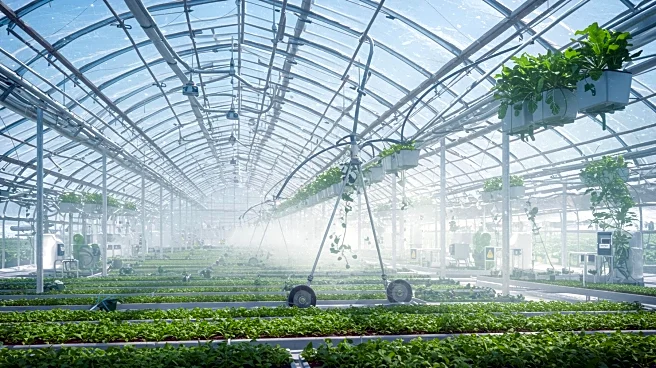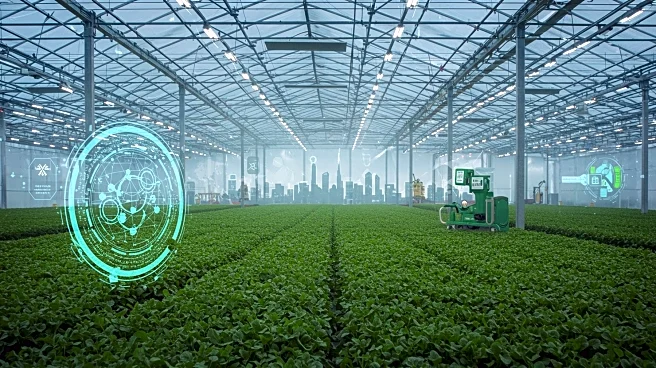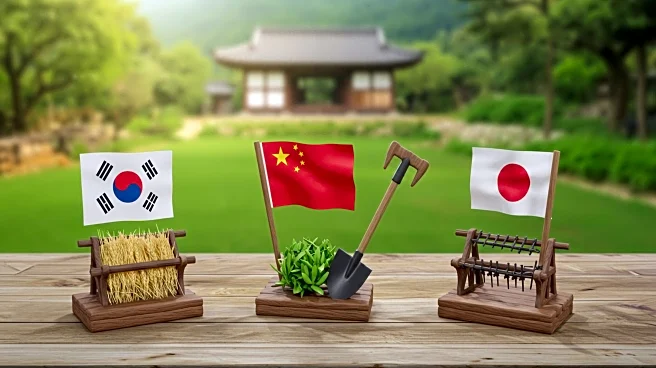Rapid Read • 7 min read
The global indoor farming technology market is anticipated to grow significantly, reaching USD 23.6 billion by 2034. This expansion is driven by increasing food security needs and urban farming innovations. The market, which was valued at USD 7.9 billion in 2024, is expected to grow at a compound annual growth rate (CAGR) of 11.4%. Indoor farming encompasses vertical farms, greenhouses, container farms, and grow rooms, utilizing modern equipment such as LED lighting, hydroponics, aeroponics, climate control systems, and advanced sensors. These technologies, combined with smart software and automation, aim to enhance yields and reduce resource use. The growth is fueled by urbanization, shrinking farmland, unpredictable climate conditions, and the demand for sustainable, year-round crop production.
AD
The expansion of the indoor farming technology market is significant for several reasons. It addresses the challenges posed by urbanization and the need for local, pesticide-free produce, encouraging cities to adopt controlled-environment agriculture. Governments are supporting this shift with initiatives like Singapore's '30 by 30' plan and Japan's subsidies for high-tech farming. Technological advancements, such as AI-assisted crop monitoring and sensor-based irrigation, are helping farmers maximize production while minimizing resource use. Indoor farming can use up to 95% less water than traditional farming and eliminate pesticide use, making it environmentally and health-friendly. This growth could lead to increased food security and sustainability in urban areas.
The indoor farming technology market faces several challenges that need to be addressed for continued growth. High start-up costs and energy expenses, particularly for lighting and climate control, can limit access for small growers. Skilled labor is also a bottleneck, as operating these systems requires technical and agricultural expertise. Crop selection impacts profitability, with leafy greens and herbs being more viable than staple crops like grains. Overcoming these hurdles will be crucial for the market's expansion. Additionally, regulatory requirements, consumer acceptance, and concerns over energy use will play a role in shaping the future of indoor farming technology.
AD
More Stories You Might Enjoy










